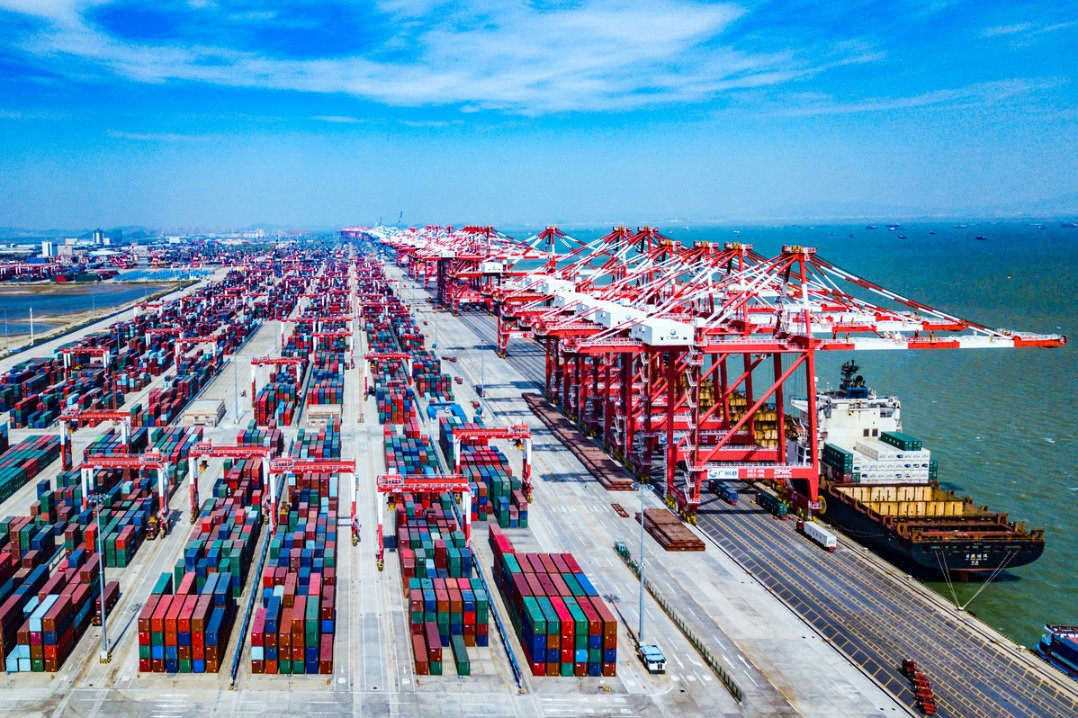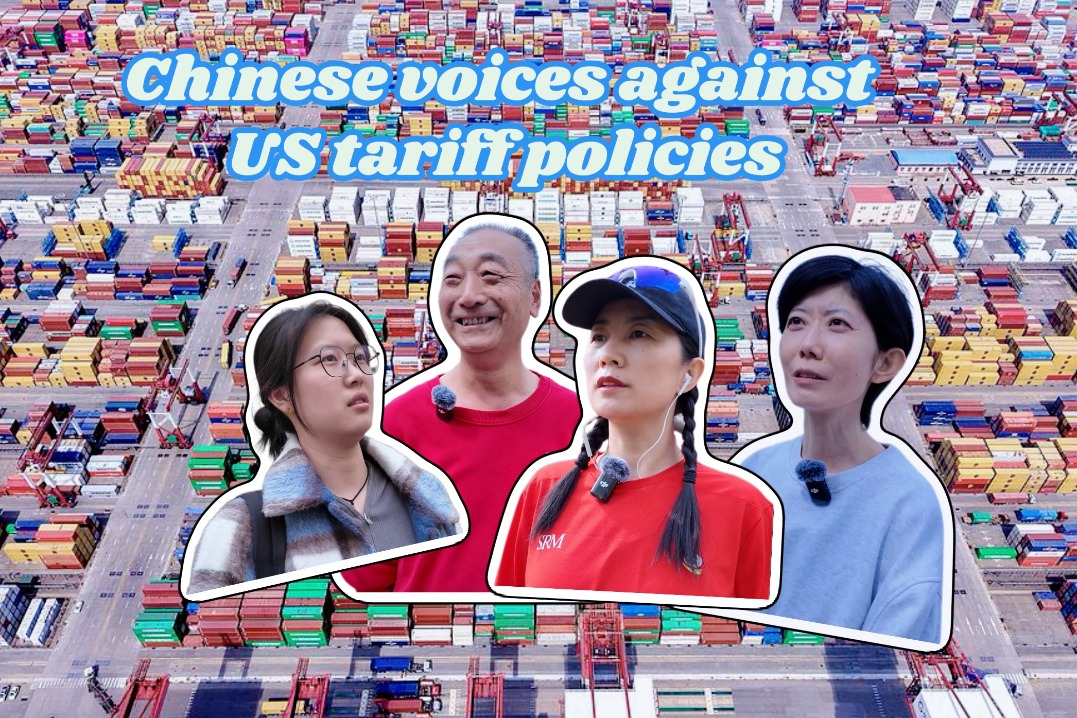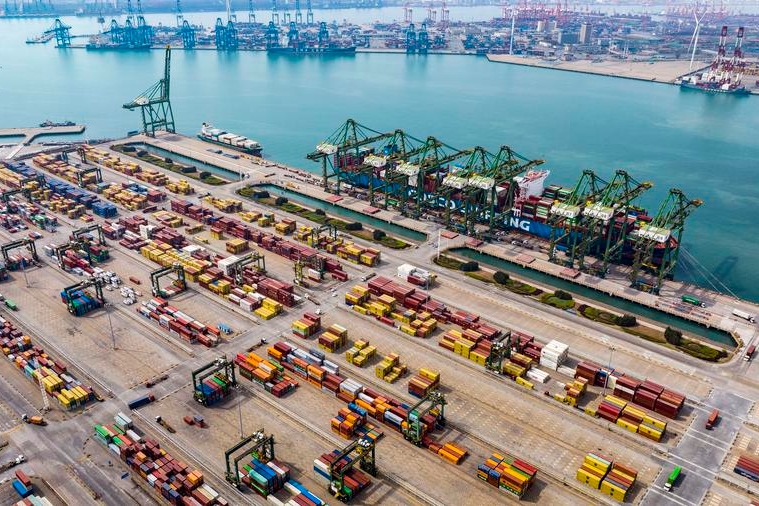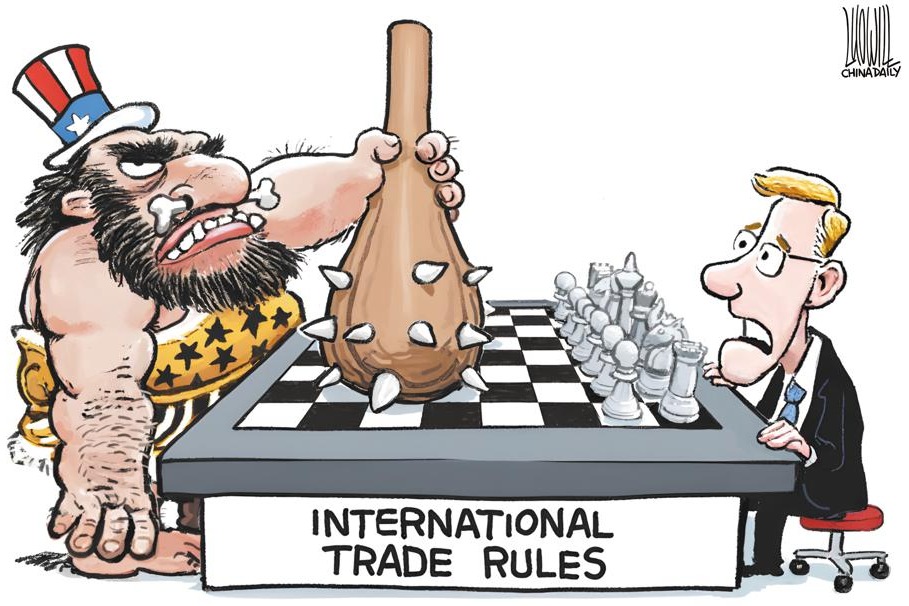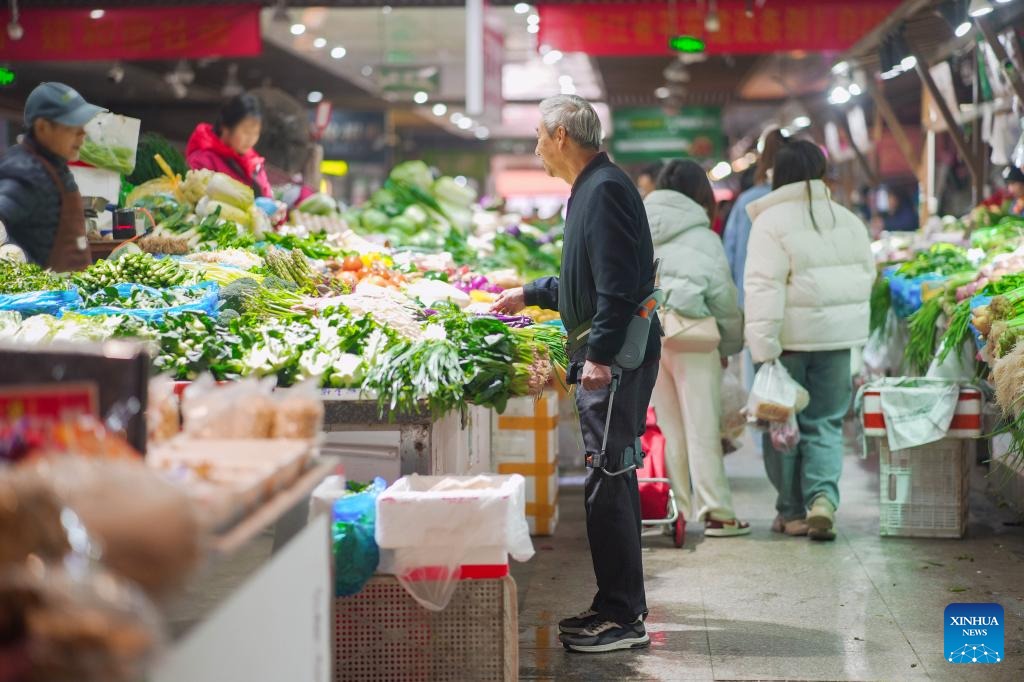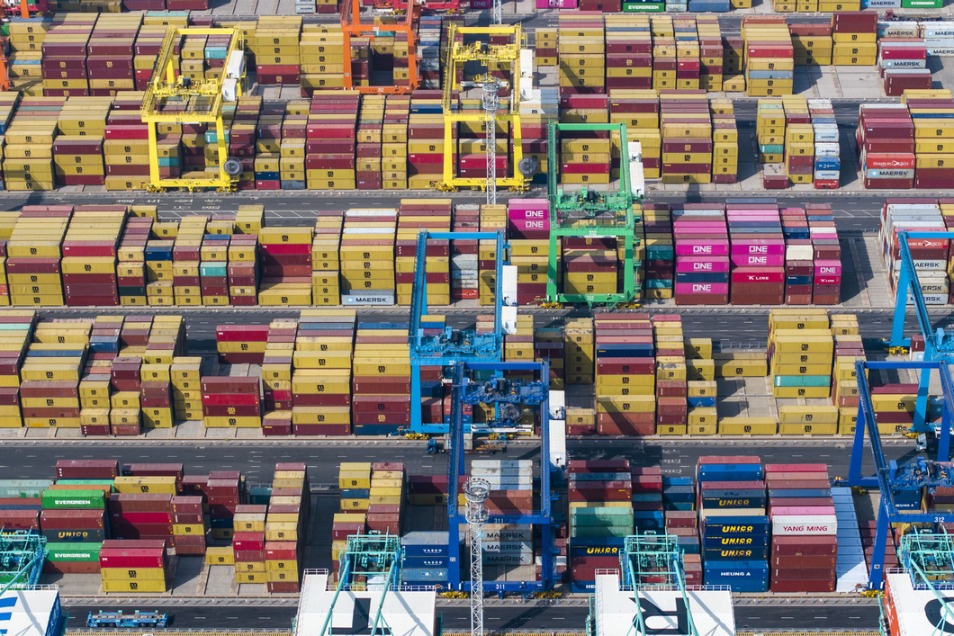Don't take the upgraded CAFTA for granted
ASEAN and China must carefully address all participants' concerns and ensure the free trade area remains resilient enough to navigate through current geopolitical uncertainties






Although the ASEAN-China summit ended in Vientiane, Laos, in October, it is never too late to celebrate what it achieved. The highlight was the substantial conclusion of negotiations on the China-ASEAN Free Trade Area 3.0. Through this upgrading, the Association of Southeast Asian Nations and China expanded the agreement to include the digital economy, green economy, supply chain connectivity and micro, small and medium-sized enterprises, as well as competition and consumer protection. They also broadened their commitment to customs procedures, trade facilitation, standards, technical regulations and conformity assessment procedures, sanitary and phytosanitary measures, and technical cooperation.
While the upgrading might not seem extraordinary at first glance, it is significant to note that amid global efforts to decouple or de-risk from China, ASEAN chose to move even closer to China, sharing a spirit of solidarity as fellow emerging economies. Among a list of dialogue partners interested in establishing or upgrading FTAs with ASEAN, ASEAN prioritized the conclusion of the CAFTA, as it was the first FTA ASEAN established with an external partner. Amid declining faith in regionalism, particularly after Brexit, ASEAN remains committed to the idea of open East Asian regionalism. ASEAN and China believe a prosperous and thriving Asia-Pacific is a shared destiny.
According to China's General Administration of Customs, China-ASEAN trade amounted to 4.5 trillion yuan ($633 billion) in the first eight months of 2024, surging 10 percent and accounting for 15.7 percent of China's total foreign trade value. Since we cannot take the upgraded FTA for granted, it is imperative not to be complacent or ignore participants' concerns.
The first and foremost concern is supply chain concentration. It will be impossible to realize the East Asian regionalism dream if its supply chain relies on only one or two neighboring countries. Diversification is necessary, but it shouldn't mean that each country specializes on a single product. Instead, our diversification agenda should enable different countries to contribute to various stages of the supply chain for the same product. Currently, some ASEAN countries compete for the same Chinese investments in identical supply chain stages, primarily in assembly. With this FTA, China and individual ASEAN member countries can hopefully distribute opportunities across different stages of the supply chain.
The second concern is e-commerce. While we recognize the tremendous opportunities presented by new digital technologies, we cannot overlook the concerns of local MSMEs. They question whether these opportunities to boost profit are genuine or if foreign firms will dominate and threaten their business. The upgraded FTA does emphasize closer cooperation between MSME authorities in ASEAN and China, but this alone is not enough. China may need to support ASEAN-based MSMEs by providing access to capital, market insights, and integration with Chinese e-commerce platforms. It would be appreciated if China's e-commerce platforms promoted products from ASEAN MSMEs to Chinese consumers and beyond, rather than viewing ASEAN merely as a marketplace.
The third concern is the green economy. We cannot continue to criticize developed countries for failing to meet climate finance commitments without taking responsibility ourselves. The upgraded FTA offers a promising avenue for China to assist ASEAN countries in adopting and researching clean energy technologies. However, this must be only the beginning. Our green economy principles must align with those of the broader international community, including neighbors across the "Indo-Pacific" region.
The fourth concern is harmonization. The annual China-ASEAN Expo and the China-ASEAN Business and Investment Summit have supplemented the upgraded FTA for decades, which is commendable. Expanding the China-ASEAN Expo Secretariat's global roadshow to different ASEAN cities would help promote the benefits of the upgraded FTA to broader stakeholders. We also need alignment between the upgraded FTA and our aspiration to deepen financial cooperation. Businesses in ASEAN and China are likely to enjoy lower transaction costs if frameworks for local currency transactions are robustly in place.
Looking beyond the region, both ASEAN and China must remain vigilant regarding future US trade and industrial policies. There is no guarantee or interest from Washington to reinvigorate open economy principles.
One thing we could be certain about is that geopolitical competition apparently continues to influence the top economic priority of both Republicans and Democrats. Global trade in dual-use technologies will likely face increased national security scrutiny, while non-sensitive goods and services may also encounter different non-tariff barriers such as human rights prerequisite. In that regard, ASEAN and China must carefully address these concerns and ensure our FTA remains resilient enough to navigate the geopolitical uncertainties of this century.
Muhammad Habib Abiyan Dzakwan is a researcher at the Department of International Relations at the Centre for Strategic and International Studies, Indonesia. Farhan Julianto is a research assistant at the Department of International Relations at the CSIS, Indonesia. The authors contributed this article to China Watch, a think tank powered by China Daily. The views do not necessarily reflect those of China Daily.
Contact the editor at editor@chinawatch.cn.













